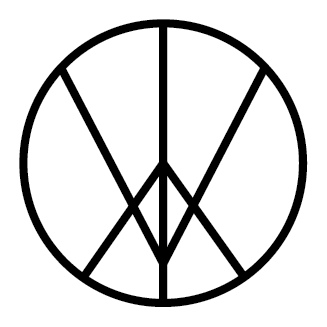Cobalt has a new Robin Hood
Foreword: This article was written for exclusive use by InvestorIntel and can be found here
Two big questions ought to be on the minds of cobalt producers and consumers around the world: can we get enough of it? Can we get it ethically? Peter Clausi, President, CEO and Director of CBLT Inc. (TSXV: CBLT), answers both with a resounding “yes”. The Canadian cobalt producer is setting itself up to be that “yes” with a double-barreled approach: having an abundant supply of premium quality cobalt that is ethically and transparently sourced.
The board made a strategic decision to pursue cobalt in early 2016, and since then, everything has been falling into place. Cobalt was reflected as the new focal point through a name and symbol change to CBLT, which was made official on June 20, 2017.
Changing the name is far from a superficial effort, as shown by the acquisition of 2,800 hectares to their cobalt portfolio in Gowganda, Ontario on March 28, 2017. Third party samples from the land show, in some areas, 6000 grams of silver per tonne, 14% copper, and – most importantly – 0.9% cobalt. This number seems unimpressive when compared to the surface samples from CBLT’s primary property in the world-famous Sudbury Basin, which carried up to 4.5% cobalt. But, believe it or not, 0.9% is far better than the 0.05% average ore reserve reported by Glencore for the area.
Canada is currently the third largest producer and processor of cobalt in the world and CBLT intends to be a major contributor to that ranking. The only countries generating a net total higher than Canada are the Democratic Republic of Congo (a producer), and China (a processor), both of which are busy in battle with the rest of the world over blatant violations of human rights. This is CBLT’s second barrel: a transparent and ethical supply chain. With tech giants like Apple and Tesla running away from the blood cobalt that derives from child and (essentially) slave labour, Canada is the best logical choice.
If you look at the lithium-ion batteries used by these titans, by weight, cobalt represents 60% of cell phone batteries and 9%-15% of electric car batteries. The immense demand for cobalt is easy to see and it will only continue to rise. Take for example the announcement made late last year by Germany’s Federal Council to phase out combustion engines in favour of electric vehicles by 2030. What will power all those cars? Lithium-ion batteries. That’s a tall order that only cobalt can fill, as there are currently no economically viable replacements for this rare metal. If you like lithium, you have to love cobalt.
Peter doesn’t only work. He also has a hobby: lowballing cobalt prices. In 2015, he ballparked $20 per pound by December 2016. It’s currently over USD$26 per pound. His current analysis is $35 per pound in 2018, and if the trend continues, surpassing that modest estimate seems plausible.
In the future, while we’re texting from our self-driving electric cars, CBLT will be searching internationally for the metallic needle in the rocky haystack on politically stable ground to gift the world with the cobalt it craves.
